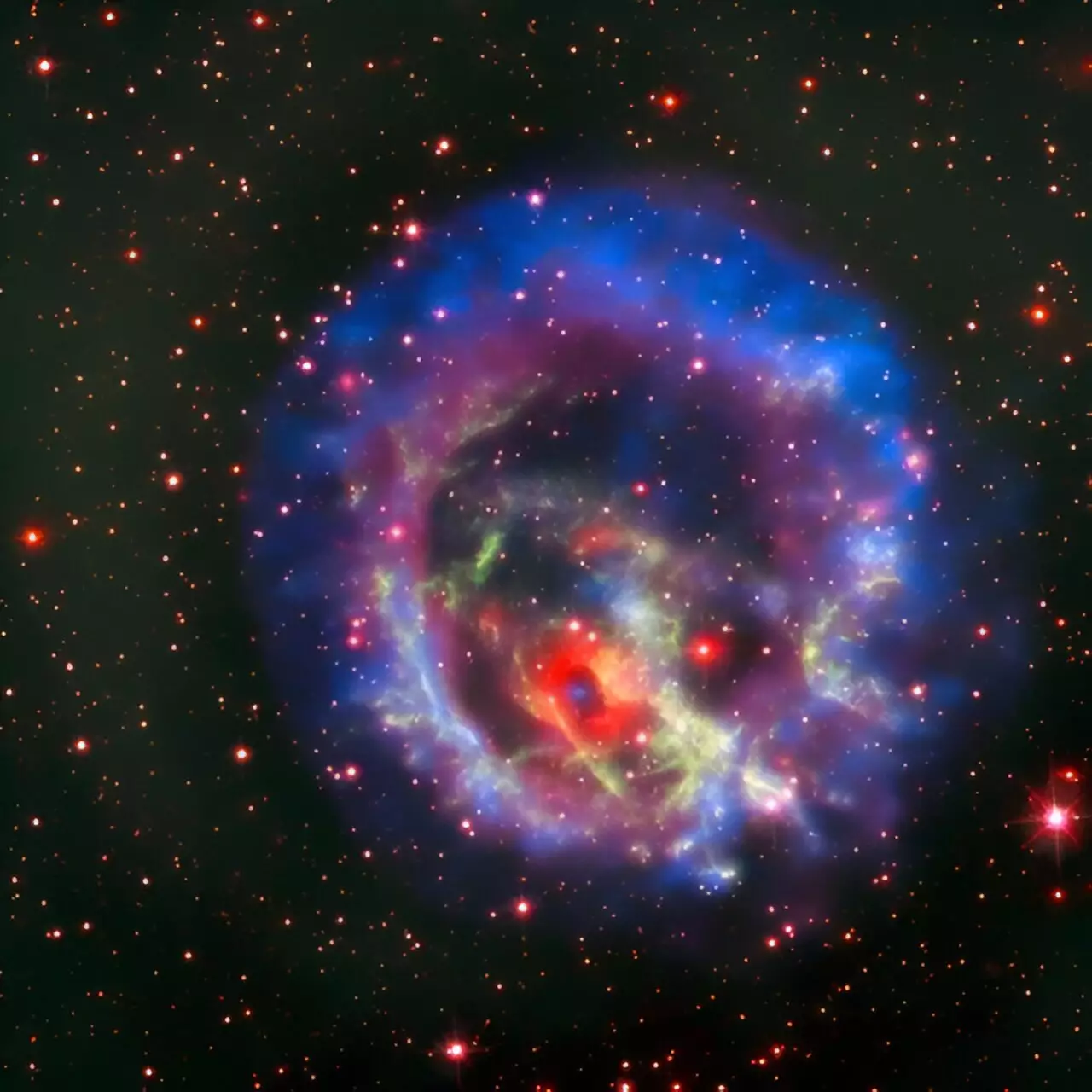The chase for knowledge surrounding the early universe and the conditions that existed immediately after the Big Bang is one of the most riveting quests in modern physics. Recent endeavors in laboratory experiments worldwide aim not just to recreate the unusual phases of matter from that time but are also poised to uncover some of the world’s most potent electromagnetic fields. These findings could dramatically reshape our understanding of physical phenomena and open new inquiries into long-standing theoretical uncertainties surrounding high-density matter.
According to established theories, notably the Standard Model of particle physics, when matter reaches extreme temperatures and is condensed into an ultradense state, it transforms into a plasma consisting of quarks and gluons. This exotic form of matter is theorized to have been predominant in the universe’s infancy, yet experimental validation continues to be a significant hurdle. While theoretical predictions build up hope, Hidetoshi Taya, a physicist associated with RIKEN, emphasizes the substantial uncertainties that still exist—especially when scrutinizing conditions at ultrahigh densities. The challenge remains not just to theorize but to conduct experiments that genuinely probe this unique form of matter.
The Shift in Experimental Focus
Traditionally, heavy-ion collision experiments have concentrated on achieving high energies to elevate temperatures, facilitating the study of less dense plasma states. However, a pivotal shift has recently occurred, with several global experiments now taking aim at intermediate energies, which promise high-density plasma generation. Taya articulates the significance of this shift, linking it to our understanding of cosmic phenomena such as neutron stars, supernova explosions, and the nascent universe. Crucially, this transition in focus may also lead to the creation of strong electromagnetic fields that are orders of magnitude more powerful than those generated by intense laser systems in the past.
Taya’s intriguing hypothesis suggests that these collision experiments could inadvertently produce extraordinarily strong electromagnetic fields—a concept previously deemed unattainable due to constraints in energy output. To put this in perspective, he likens the energy produced by intense lasers to that of about one hundred trillion LEDs, indicating how vast these fields could be in comparison. The ability to generate such fields opens the door to previously inaccessible realms of strong-field physics, where new and unforeseen physical phenomena might manifest.
Theoretical Underpinning and Challenges Ahead
In a theoretical analysis published in *Physical Review C*, Taya and his colleagues illustrate that electric fields of sufficient strength and longevity could result from intermediate-energy heavy-ion collisions. However, a notable obstacle is the inability to directly measure these fields. Instead, researchers can only investigate the particles resulting from these collisions, which poses a significant challenge in verification. To validate their theoretical predictions, a robust understanding of how these strong electromagnetic fields affect observable particles—such as their distribution, momentum, and interactions—will be crucial.
Looking to the Future: Implications and Potential Discoveries
As scientists prepare for forthcoming collision experiments, the implications of Taya’s theoretical work could be immense. By delving deeper into understanding how these novel electromagnetic fields interact with matter, a wealth of discoveries may emerge, enhancing our grasp of fundamental physics and potentially reshaping our understanding of early universe conditions. This research may ultimately bridge the gap between theoretical predictions and observable phenomena, bringing the quest for energy-intensive physics to fruition.
The ongoing convergence of theoretical analysis and experimental techniques for collision experiments signifies a new era in high-energy physics. As physicists delve into the nuances of ultradense matter and the consequences of ultrahigh electromagnetic fields, humanity stands to gain unprecedented insights into the nature of the universe. Ultimately, the journey into this unknown territory promises not only to enhance our scientific understanding but also to instigate a broader dialogue on the mysteries surrounding our cosmic origins.


Leave a Reply